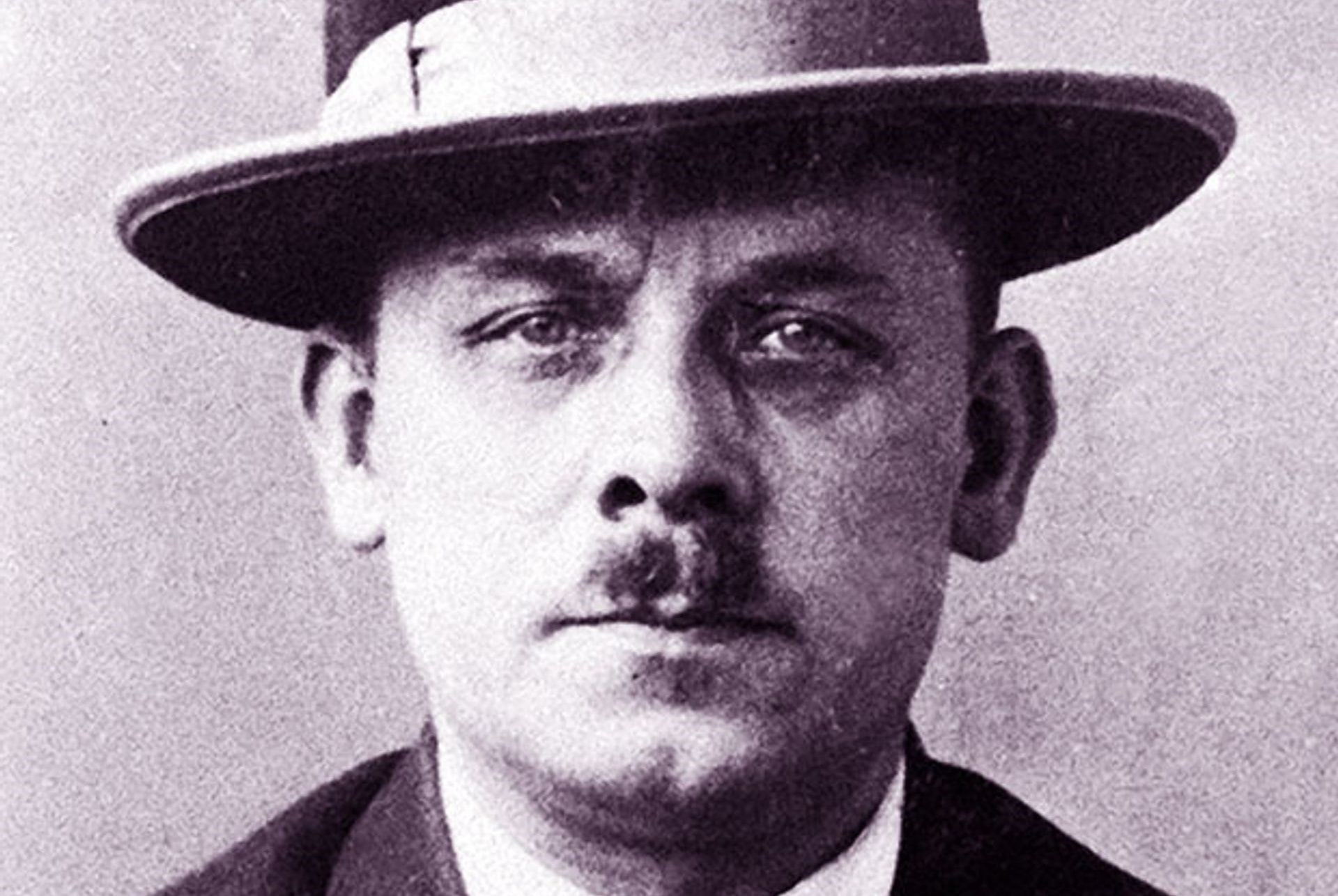
Who was Fritz Haarmann? Fritz Haarmann, often called the "Butcher of Hanover," was a notorious German serial killer active in the early 20th century. Why is he infamous? Haarmann's gruesome crimes involved the murder and dismemberment of at least 24 young men and boys between 1918 and 1924. What made his methods particularly horrifying? He lured victims with promises of work or shelter, then killed them by biting through their throats. How did he evade capture for so long? His role as a police informant allowed him to operate under the radar. What was his fate? Haarmann was eventually caught, tried, and executed by guillotine in 1925. Why does his story still captivate people today? The sheer brutality of his crimes and his ability to deceive authorities make Haarmann a chilling figure in criminal history.
Key Takeaways:
- Fritz Haarmann, the "Butcher of Hanover," was a notorious German serial killer with a troubled childhood and a chilling modus operandi, leaving a lasting impact on popular culture.
- Haarmann's capture and trial were sensational, leading to significant changes in German law enforcement practices and inspiring various forms of media, including films, novels, and music.
Early Life and Background
Fritz Haarmann, also known as the "Butcher of Hanover," was one of Germany's most notorious serial killers. His early life set the stage for his later crimes.
- Born on October 25, 1879, in Hanover, Germany, Fritz Haarmann was the youngest of six children.
- Haarmann's father, Ollie Haarmann, was known for his violent temper and abusive behavior.
- As a child, Haarmann exhibited signs of mental instability, including frequent outbursts and a fascination with death.
- He was sent to a mental institution at the age of 16 after being accused of molesting young boys.
- Haarmann briefly served in the military but was discharged due to his erratic behavior.
Criminal Activities
Haarmann's criminal activities spanned several years and included theft, fraud, and ultimately, murder. His methods were gruesome and calculated.
- Haarmann began his criminal career with petty theft and fraud, often targeting vulnerable individuals.
- He was arrested multiple times for various crimes but managed to avoid long-term imprisonment.
- Haarmann's first known murder occurred in 1918, when he lured a young man to his apartment and killed him.
- He would often pose as a police officer to gain the trust of his victims.
- Haarmann's preferred method of killing was biting through his victims' throats, earning him the nickname "The Vampire of Hanover."
Modus Operandi
Understanding Haarmann's modus operandi provides insight into how he managed to evade capture for so long.
- Haarmann targeted young male runaways and prostitutes, whom he believed would not be missed.
- He lured his victims to his apartment with promises of food, shelter, or work.
- After killing his victims, Haarmann would dismember their bodies and dispose of the remains in the Leine River.
- He sold the clothing and personal belongings of his victims to make money.
- Haarmann even sold the meat from his victims on the black market, claiming it was pork.
Capture and Trial
Haarmann's capture and trial were sensational events that shocked the nation. His crimes were finally brought to light.
- Haarmann was arrested on June 22, 1924, after a series of disappearances led police to investigate him.
- During his trial, Haarmann confessed to killing at least 24 young men between 1918 and 1924.
- The trial lasted from December 4 to December 19, 1924, and attracted widespread media attention.
- Haarmann showed no remorse for his actions during the trial, often smiling and joking.
- He was found guilty of 24 murders and sentenced to death by beheading.
Execution and Legacy
Haarmann's execution marked the end of his reign of terror, but his legacy continues to fascinate and horrify.
- Fritz Haarmann was executed by guillotine on April 15, 1925, in Hanover.
- His last words were reportedly, "I repent, but I do not fear death."
- Haarmann's case led to significant changes in German law enforcement practices, including better tracking of missing persons.
- His crimes have been the subject of numerous books, films, and documentaries.
- Haarmann's skull was preserved for scientific study and is still kept at the Göttingen medical school.
Psychological Profile
Haarmann's psychological profile has been studied extensively to understand the mind of a serial killer.
- He was diagnosed with borderline personality disorder and schizophrenia.
- Haarmann exhibited traits of sadism and necrophilia, taking pleasure in the suffering of his victims.
- His abusive childhood and unstable family environment likely contributed to his violent tendencies.
- Haarmann's ability to charm and manipulate others made him particularly dangerous.
- He showed no empathy or remorse, indicating a complete lack of conscience.
Cultural Impact
Haarmann's story has left a lasting impact on popular culture, influencing various forms of media.
- The 1973 film "The Tenderness of Wolves" is based on Haarmann's life and crimes.
- Haarmann's case inspired the character of Hannibal Lecter in Thomas Harris's novels.
- Several German punk bands have referenced Haarmann in their lyrics, highlighting his infamy.
- Haarmann's story has been adapted into stage plays and radio dramas.
- His life and crimes continue to be a subject of academic study and public fascination.
Final Thoughts on Fritz Haarmann
Fritz Haarmann's story is a chilling reminder of the dark corners of human nature. Known as the "Butcher of Hanover," Haarmann's gruesome crimes shocked Germany in the early 20th century. His method of luring young men, then murdering them, left a lasting scar on the community. Haarmann's trial and subsequent execution brought some closure, but the horror of his actions lingers in history.
Understanding Haarmann's life and crimes helps us recognize the importance of vigilance and justice in society. His case also highlights the need for mental health awareness and the role it plays in preventing such tragedies. While Haarmann's tale is disturbing, it serves as a crucial lesson in the ongoing effort to protect and support vulnerable individuals. Stay informed, stay aware, and remember the lessons from history to build a safer future.
Frequently Asked Questions
Was this page helpful?
Our commitment to delivering trustworthy and engaging content is at the heart of what we do. Each fact on our site is contributed by real users like you, bringing a wealth of diverse insights and information. To ensure the highest standards of accuracy and reliability, our dedicated editors meticulously review each submission. This process guarantees that the facts we share are not only fascinating but also credible. Trust in our commitment to quality and authenticity as you explore and learn with us.


